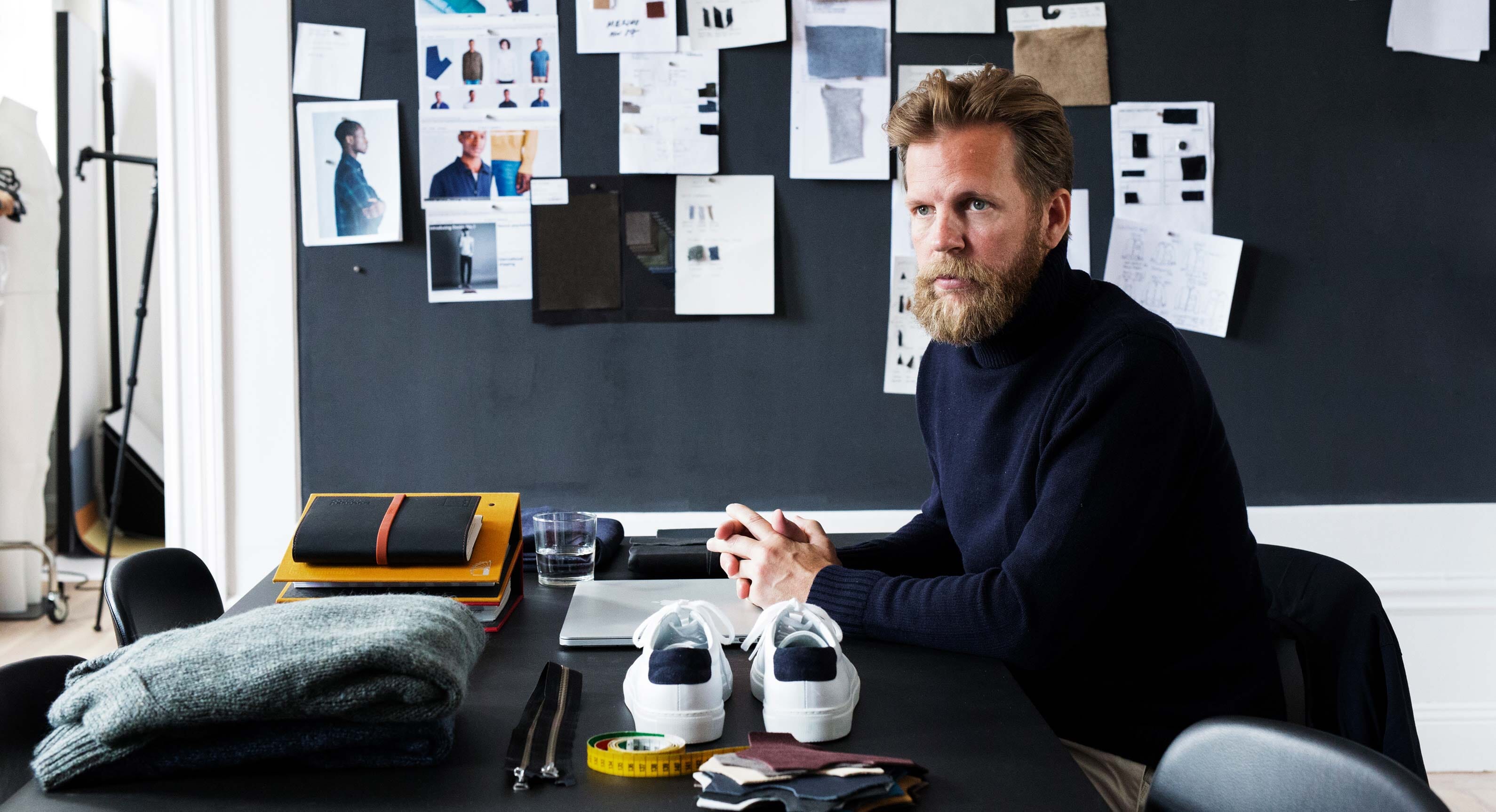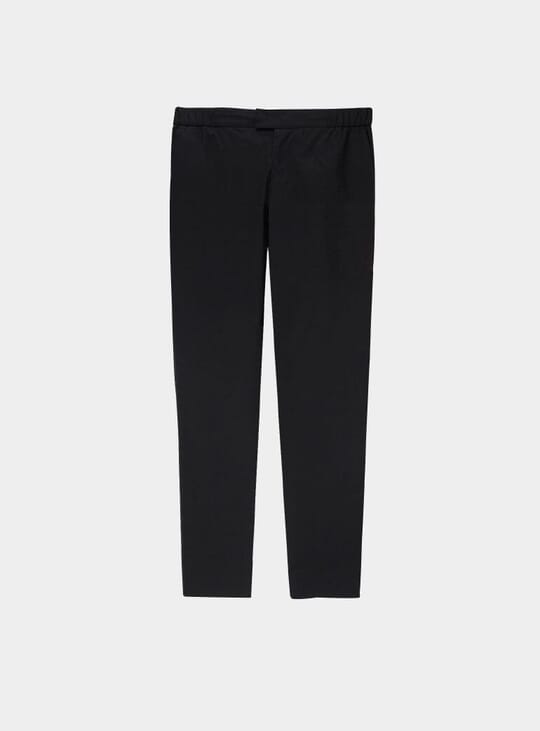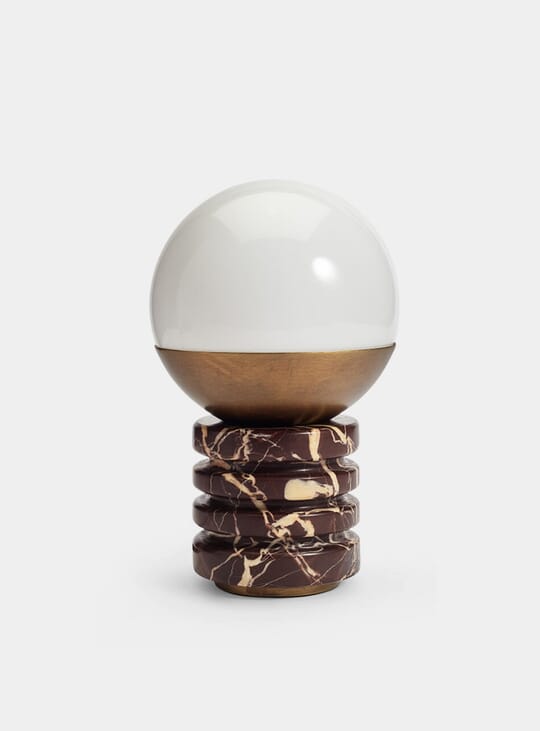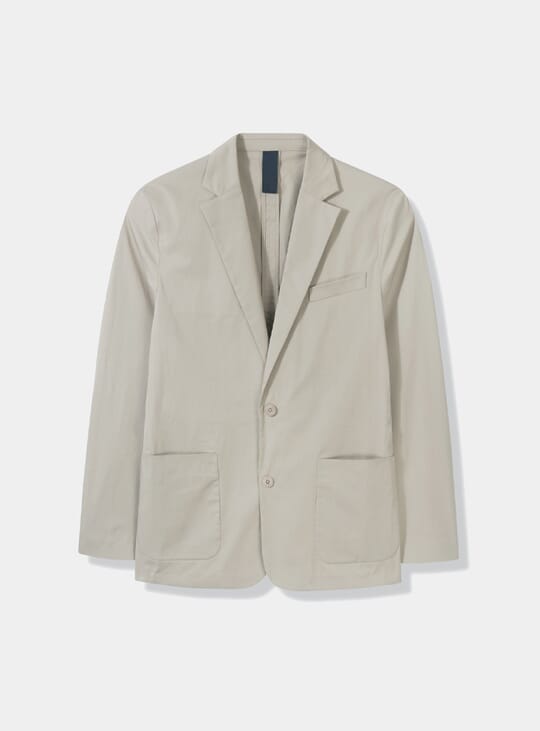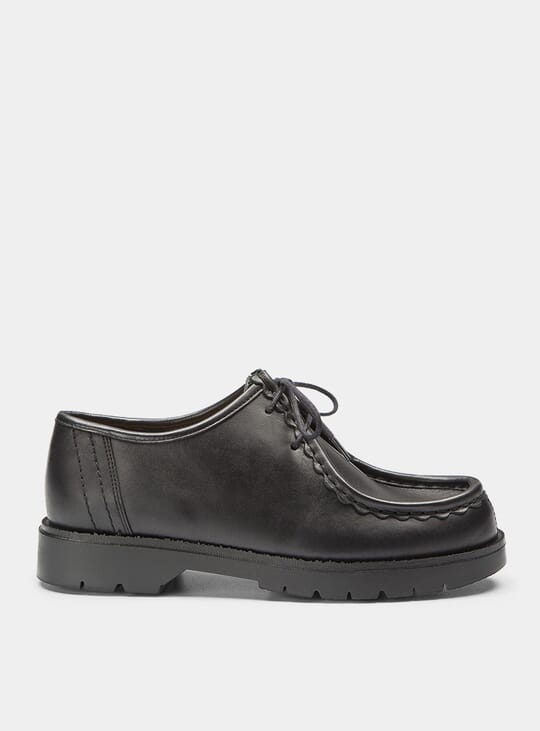At the beginning of summer – which seems a very long time ago now following the heartbreak of England’s World Cup hopes and the formation of clouds over London once again – we launched OPUMO Entrepreneurs; a dedicated interview series that explores the entrepreneurial secrets and inspirational stories behind some of the world’s most successful brands, designers and businesses. In this fifth edition we speak to A Day’s March Co-Founder Pelle Lundquist about the art of risk-taking, the superstitions he lives by and how we can all benefit from taking time out away from the desk.
Growing up, who was your hero?
Ingmar Stenmark, the famous Swedish skier. When I was a kid he was such a big national hero that when he raced during school days, the classes stopped and a TV was rolled into the class room so we could watch him race. I wanted the same gear he had and I couldn’t believe the injustice when my older brother got a pair of Elan skies, which was the brand Ingmar used, for Christmas while I inherited my brother's old ones. It still upsets me.
What initially inspired the start of A Day’s March?
For my part A Day’s March is the sum of a long story. Since I was a teenager I’ve had a strong interest in the visual arts - film, architecture, interiors, photography, graphic design and fashion. This lead to a career as an Art Director. I’ve worked with design in New York and, for the most part, within the advertising industry in Stockholm. I was successful and I loved what I did for many years but in 2012 I realised I couldn’t bring the same passion to work anymore, resulting in thoughts about what to do next.
Since thinking didn’t take me anywhere I decided to leave my job to be in a place where I really needed to come up with answers. During that period, I met with a lot of people. One of those meetings was with my old friend Marcus Gårdö and my creative partner for many years, Stefan Pagreus. Marcus had an idea of a shirt brand that would design premium shirts at a lower price point. Stefan and I are both fanatically interested in clothes and Marcus asked us to come up with conceptual ideas around this idea. I got great energy from working with it, something I’d been missing for a while.
We changed the concept to a one-stop-shop for essentials, pretty much a modern take on a classic men’s store, but for a man who doesn’t need to dress according to traditional rules and dress codes. We named it A Day’s March. At this point everything fell into place for me. I'm really interested in the entrepreneurial part of building a brand, and I felt this was the time to take some risks. And I loved the idea of working with menswear – a lifelong passion. Stefan and I ended up co-founding A Day's March with Marcus. The rest is history.

What has been the biggest calamity along the way?
We opened our first store in April 2014. We had a decent start and the spring and summer was promising. But we were inexperienced and had problems with our production resulting in very little to sell for a good part of the fall of 2014. The store was almost empty, which was a horrible experience, especially in such an expensive location as Kungsgatan in Stockholm.
What has been the biggest breakthrough in that time?
We changed producers and factories and spent our last money on hiring a highly-skilled production manager. She really saved us back then. She’s now our Head of Production and I still wouldn’t know what to do without her – you could definitely say its been money well spent.
The moment it all changed; when did things really click into gear for A Day’s March?
I don’t believe there has ever been a “changing moment” for us. We’ve had great growth and things are going our way but I think it’s a result of endurance. Improving the product has always been our focus so during the first few years we were behind with marketing.
Since our product is more about style than fashion it takes time for people to get to know us, we need people to discover us and we need to earn trust. It was the same thing with publicity. We don't have any obvious news value for magazines who cover 'what’s hot right now'. It took a couple of years before we got the attention that I believe is well deserved.
When it comes to the actual collections I believe the spring and fall in 2016 were important, as that was the first time we really showed where we’re heading. We introduced an improved the “Original Overshirt,” our first pair of jeans “Denim No 1” and our garment dyed oxford shirts. These products made the collection come together in a more professional way and we started to get real fans. That collection did a lot for our identity and we still have the same direction, only now we have more and better products.
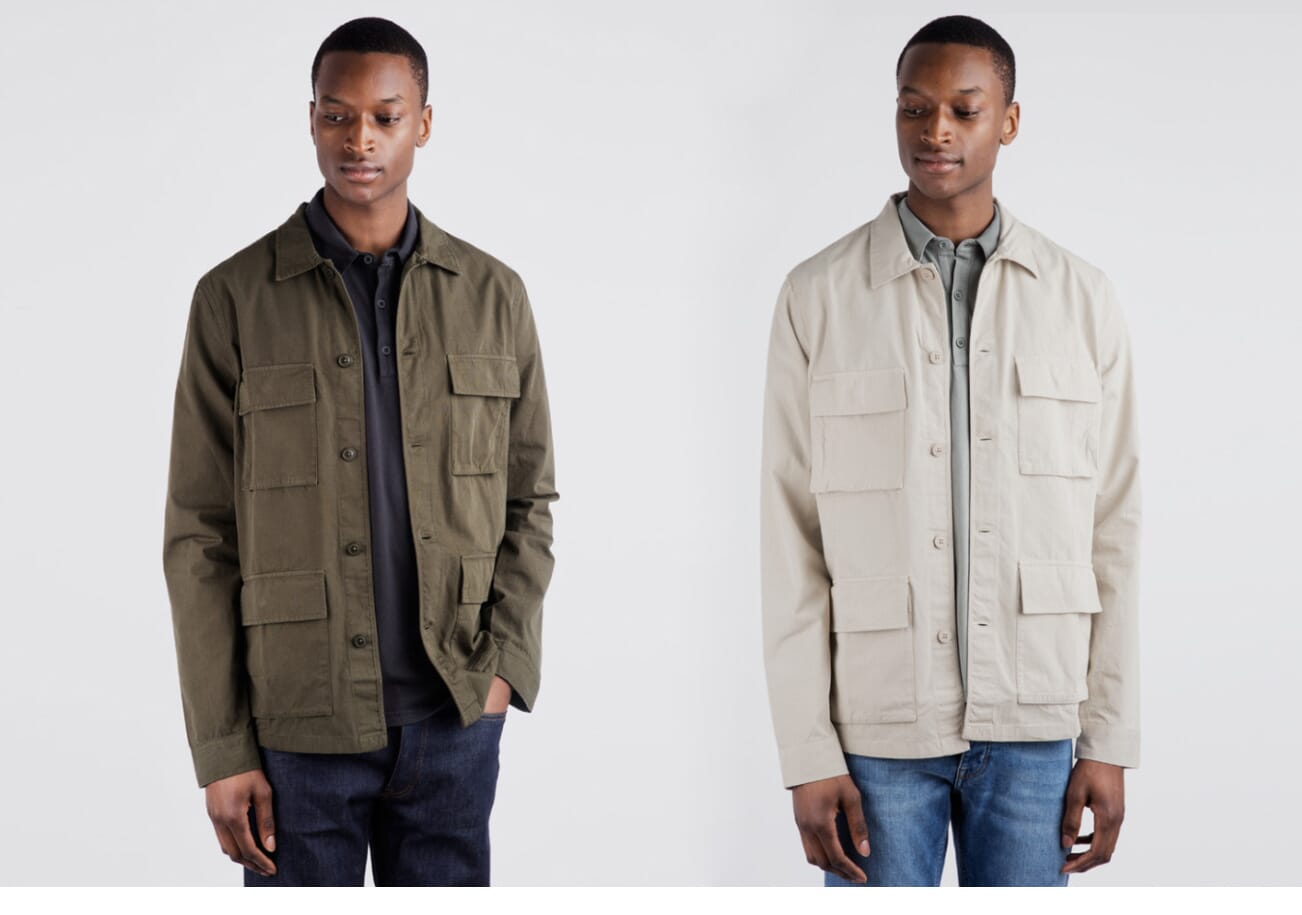
How hard was it to achieve the premium quality at a friendlier price?
Actually not hard at all. We get this question a lot: How can you produce in Europe at such a low price? The answer is that we don’t, our product is expensive. But since we are “direct-to-consumer”, we don’t have any middle men, why we don’t need the same mark-up resulting in a price point that can be almost half of what it would be if we sold our garments in a traditional multi-brand store.
Do you ever fear that a focus on essentials will be restrictive to you as a brand?
Honestly, no. As long as we’re open to the fact that even classic garments need to be updated, transformed into our own and replaced over time, we will have a product that will be relevant and interesting. But it can be harder from a communications perspective. It’s not easy to get attention in social channels when our focus is fabrics, details and refining classic products without logos.
On the other hand, I believe that a large part of the fast fashion industry will face huge problems. People are more and more concerned about sustainability and how we all are consuming. We’ve thought about this from the start. We are by no means any saints but a substantial part of our products has always been made from organic cotton and we are introducing more sustainable fabrics every season. We mainly produce in Europe, too. Foremost we are all about designing clothes with long-lasting quality and design. So I believe that the actual idea of essentials or slow fashion makes A Day’s March updated and well positioned as a brand moving forward.
What is the best piece of advice you have ever received?
Be a nice person. Karma is real.
What are the three most important things you’ve learned along the way?
That it’s true, you should follow your passions - I have as much energy now, in my mid-forties, as I did when I started my career more than 20 years ago. Recruiting the right people is essential, always. And finally, you will make mistakes, and it is ok, just make sure you'll learn from them.
What has been the single biggest influence on your work?
I guess growing up in Sweden in a family with a lot of architects around. It gave me a natural understanding of clean, functional design. There was a never-ending debate on what is or isn’t good design. I developed a great interest in and a good sense of style and aesthetics because of that.
Which project or period of your career have you enjoyed most this far?
A Day’s March, without a doubt. I took a big risk when I left a solid career in advertising to do something different. For some reason I didn’t take any big risks earlier in my career. Now I feel that it’s been highly gratifying. I love almost everything about it, from designing clothes that I actually see people wear on the street to watching employees grow and become great at what they do.
What do you do to keep your ideas fresh?
For me it’s important to have periods when I have time to look in other directions. To be able not to think about design nor the business. It’s important to travel, watch a film, read or just to stare at a painting. If you can get some distance from what you do, inspiration is everywhere.
Do you have any superstitions, beliefs or self-imposed rules that you live by?
Yes, I believe everything is better with the number 9. So I will set my alarm on a time that ends with 9, I will choose seat number 9 on a plane and the fact that my postal code ends with a 9 was a pro-factor when we bought our apartment. I also try to do everything on my daily to-do-list. Which I fail at every other day. I blame it on my kids.

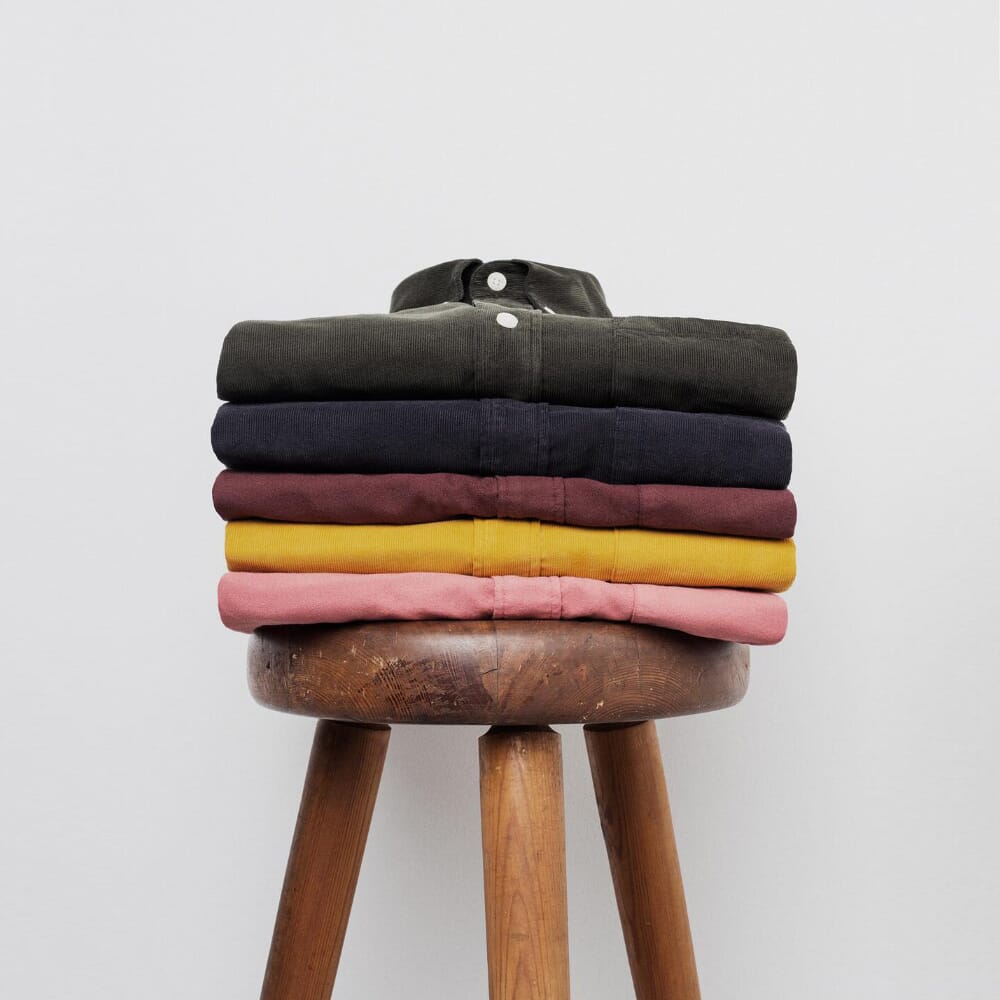
What do you hope to do this year that you’ve never done before?
To move outside the city to spend more time with nature. And as our company is growing I’m trying to be a better leader.
How was it opening a bricks and mortar store in London? With so many shops closing down, was it a big move to make? How long was it considered for?
For us it’s a big investment both financially and time-wise. We discussed the idea for a year and spent about six months looking for the right location. I don’t think we would be in London if Marcus, our CEO, wasn’t such a fearless doer. I admire him for being that person. The brand has undoubtedly benefitted from it.
The London shop has gained a lot of attention, has it been more successful than what you first envisaged?
Yes, the store is doing really well. But the main reason why we opened in London was, besides our love of London, because we already had a lot of customers from the UK. I believe that A Day’s March is a good fit for a lot of Englishmen since we share a lot of values in style, form, function and design.
On a personal level, what is it that drives you?
Sadly enough I’m driven by the fear of being fake. The upside is that it might be the best fuel for any creative person. I can work a lot without ever getting tired.
What do you know now that you wish you knew when you were 21?
Ask for advice, smart people want to help others. Trust your gut and your talent. Take more risks.

Want more entrepreneurial insight? Check out our interview with Scott Gabrielson – the creative mind and founder behind one of the best new brands in men’s sneakers, Oliver Cabell.

